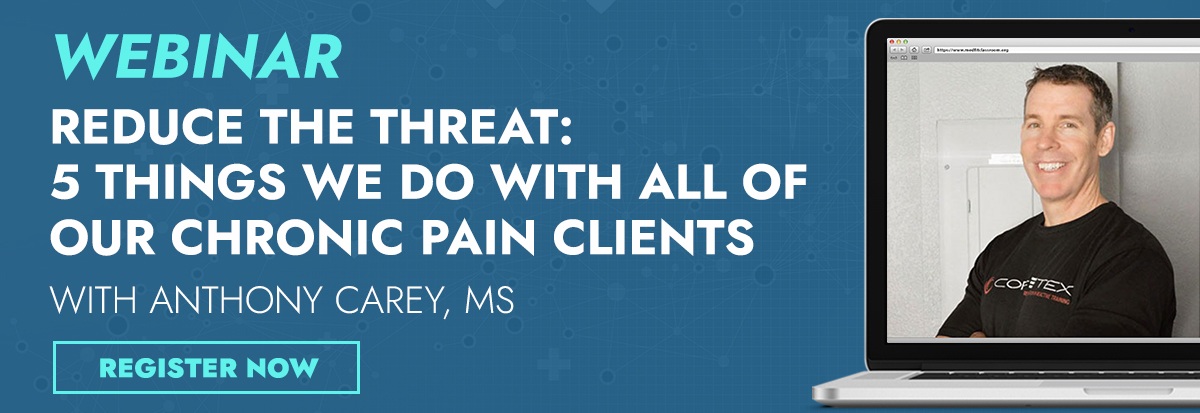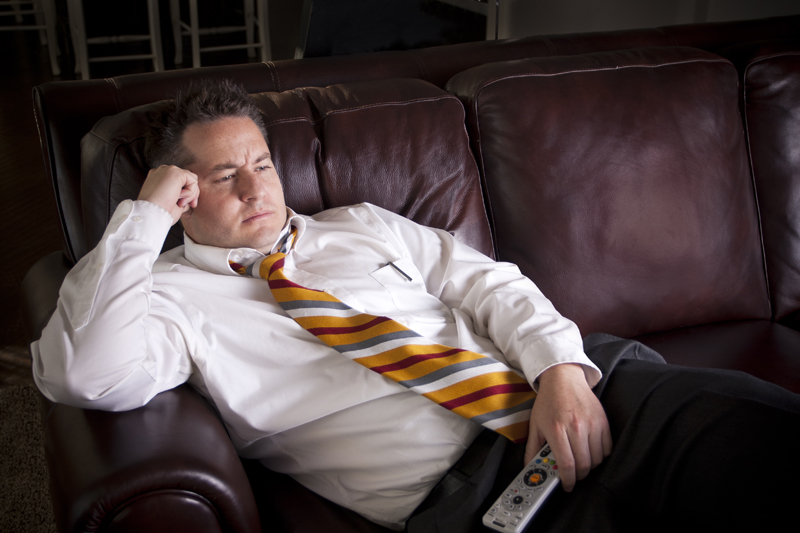Workouts You Can Do While Binge-Watching Your Favorite TV Show
You know it happens. You have that one TV show, or maybe even 2, 3 or 4 shows that you just can’t live without! You curl-up on the couch and enter another world of sex, drama, sports, horror, reality, comedy, or even educational learning. All of a sudden, hours have passed and you know you must continue on with your own daily life.

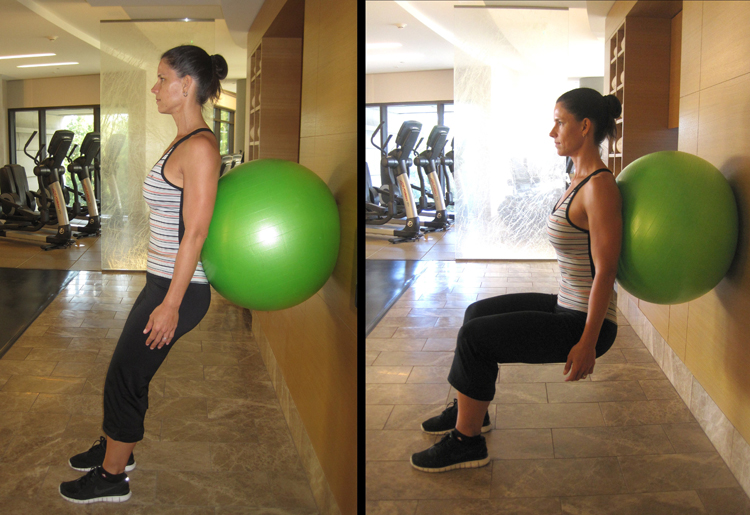



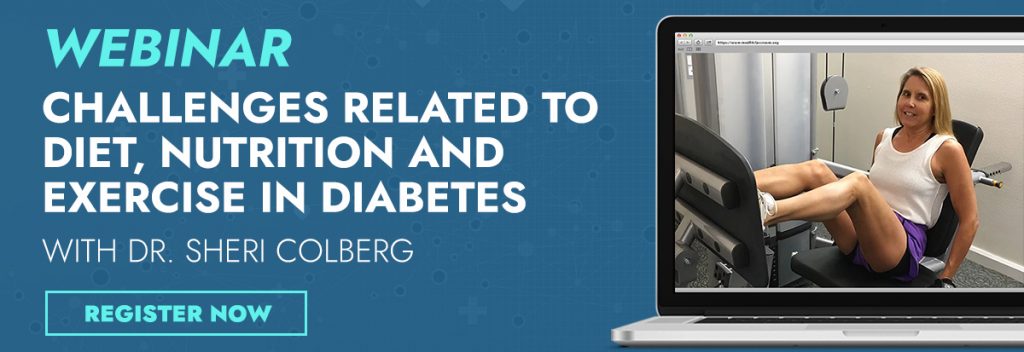



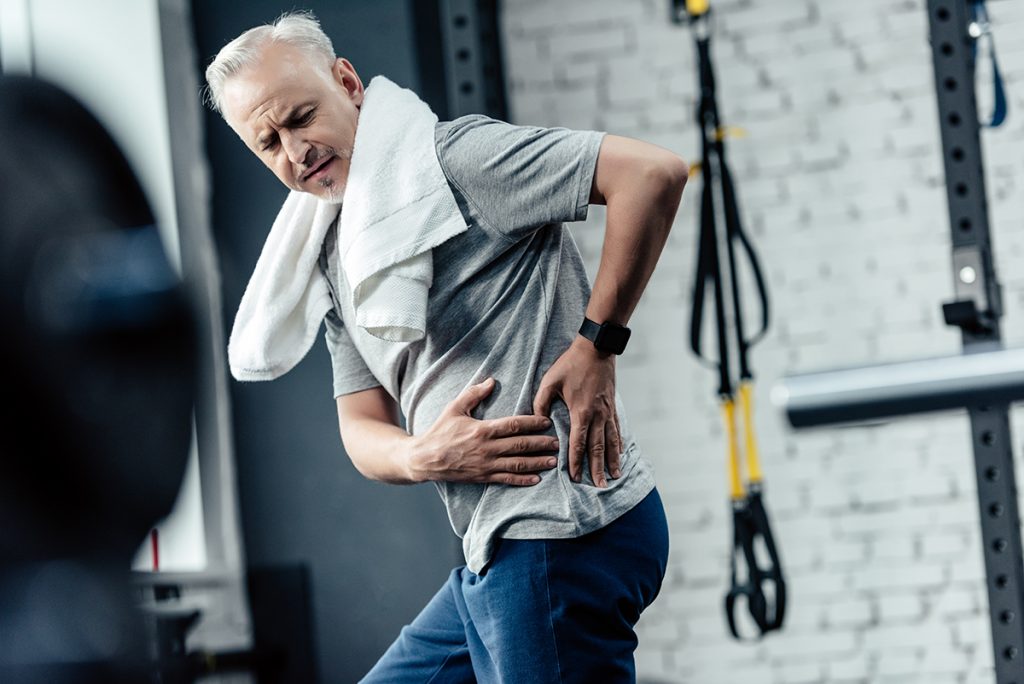 In a
In a 